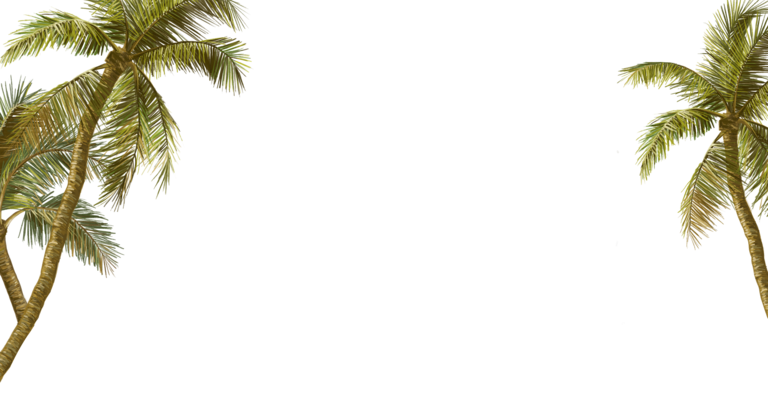
Nathaniel & Devinie
Nathaniel & Devinie
Transport
Most visitors to Sri Lanka arrive at Bandaranaike International Airport, a 45 minute taxi ride north of the capital, Colombo. From there, it’s easy to get around the country with its widespread network of buses and trains (the more relaxing option - book in advance for a seat). For shorter journeys, ride-sharing apps like Uber and local competitor PickMe works well and avoid haggling over prices. PickMe’s vehicle options include auto-rickshaws, which are economical and let you enjoy the breeze!
Food
Sri Lankan spices such as cinnamon, chilli, cardamom and cloves have been exported around the world for millennia. Along with abundant fresh seafood and tropical fruit and vegetables, they are the foundation of the country's rich and varied cuisine. Emblematic, not-to-be-missed dishes include hoppers (rice flour pancakes), string hoppers (rice noodles, sometimes eaten for breakfast) and kotthu (chopped roti stir-fried with meat, vegetables and lots of chilli). But the country's most popular meal remains 'rice and curry'. Each rice and curry meal actually involves at least four curries, usually including a dal, a salad or mallum and at least one fish, meat or egg curry. Their flavours are complimentary and designed to be eaten together - we recommend using your hands!
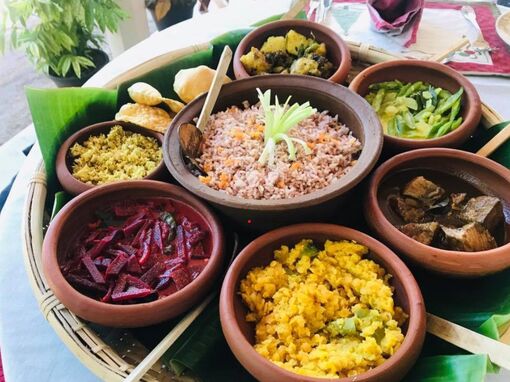
As well as sharing flavours with the world, Sri Lanka has taken on outside influences, particularly from the Dutch, the Portuguese and Asian neighbours, to create fusion dishes that are now quintessentially local. In this category, you'll find 'short eats', with rolls, buns and samosas stuffed with highly fragrant meat, fish, rice, eggs and vegetables, in bakeries across the country. European-influenced cakes like butter cake and christmas cake mark celebrations throughout the year, while lamprais, rice and curries wrapped in a banana leaf and steamed, came from the Sri Lankan Burgher community and may have Javanese influences. Faluda and watalappam originated with Sri Lanka's Muslim community.
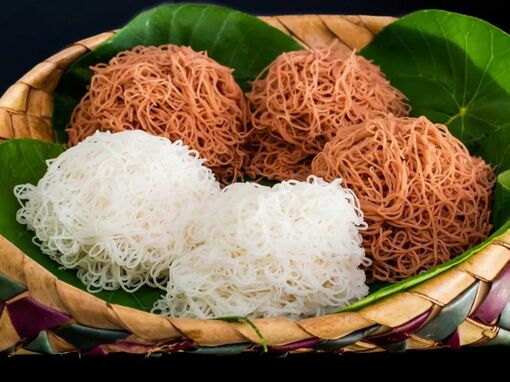
Vegetarianism is not uncommon in Sri Lanka, and coconut milk rather than dairy adds creaminess to the cuisine, so vegetarian and vegan diets are easy to accommodate. Spiciness can be (and often is) toned down for foreign visitors!
Galle
Known for the colonial architecture within its city walls, the UNESCO World Heritage Site of Galle was founded by the Portuguese in the 16th century. Its well-preserved Fort area, surrounded on three sides by the Indian ocean, was built by the Dutch in the 17th century. Galle was Sri Lanka’s main port for 200 years, and is best known today for its fine restaurants, the atmosphere of its historical streets and sunset walks along its ramparts.
Beaches and Surfing
Sri Lanka is famous for its tropical sea and almost its whole coast is blessed with palm-lined beaches and turquoise waters. Choices for visitors range from up-market beach towns to backpacker hubs and sleepy fishing villages. Top spots around Galle include: Bentota, Hikkaduwa, Unawatunna, Weligamma, Mirissa, Hiriketiya and Tangelle. If you’ve still got energy after a couple of days sipping coconuts on the beach, many of these resorts have good surf, contributing to Sri Lanka’s reputation as an international surfing destination. There are a wide range of surf schools and camps for beginners.
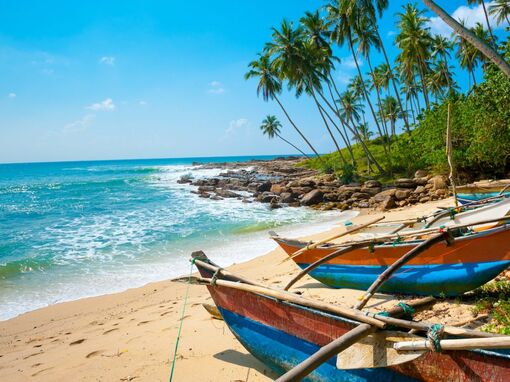
Kandy
Set in Sri Lanka’s hill country, Kandy was Sri Lanka’s last independent kingdom for more than two hundred years before it was absorbed into the British Empire in 1815. This history makes it a central touchstone for Sinhalese culture today: our wedding outfits as well as the dancing that will precede the ceremony are drawn from Kandyan tradition. The city is perhaps the best place in the country to see traditional Sri Lankan dance.
The best-known of the city’s historical and religious sights is The Temple of the Sacred Tooth Relic, which houses Sri Lanka’s most important Buddhist relic and is a major pilgrimage site. The tooth relic arrived in Sri Lanka from India in the 4th century CE and came under the custodianship of successive ruling dynasties, passing through Anaradhapura, Pollonaruwa and other royal capitals before finally reaching Kandy in the late 16th century. The current temple, featuring exquisite painting and woodcarving, was built in the early 18th century and is located between Kandy Lake and the city's ancient royal palace.
The tooth relic itself is honoured each year in the Kandy Esala Perahera, a week long processional festival featuring thousands of Kandyan dancers and drummers and dozens of elephants. The final and most spectacular day falls on 19 August this year. It is one of Sri Lanka’s biggest draws for local and international visitors, so make sure to book accommodation, transport (and allocated seats to view the procession, if you want them) well ahead.
Ancient Cities/Cultural Triangle
The UNESCO World Heritage Sites of Anaradhapura, Sigiriya and Pollonaruwa are top of many history-lovers’ itineraries in Sri Lanka. The oldest, Anaradhapura, was the longest-serving ancient capital of Sri Lanka for 1,500 years, from the 4th century BCE until the 11th century CE. The epic scale of its ruins, comprising numerous temples, enormous stupas and the remains of palaces, attests to its past grandeur. The site is home to a sacred Bodhi tree, planted in 245 BCE, that may be the world's oldest historically attested tree. It was reputedly grown from a cutting of the tree under which Gautama Buddha attained enlightenment.
Pollonaruwa succeeded Anaradhapura as the royal capital, becoming a thriving religious and commercial centre for 200 years. Its ruins are known for their many temples, stupas, tombs and statues. At Sigiriya in the 5th century CE, king Kashyapa I built a palace in a defensive position at the summit of a monolithic rock, 180 metres above the surrounding landscape. At one point, the path up took climbers through the mouth of an enormous brick lion, of which only the great front paws survive today. Halfway down from the ruins at the top, visitors will find strikingly well-preserved frescos thought to represent dancing apsaras, or celestial nymphs. At the bottom, ancient landscaped gardens featuring terraces and symmetrical pools spread out from the rock.
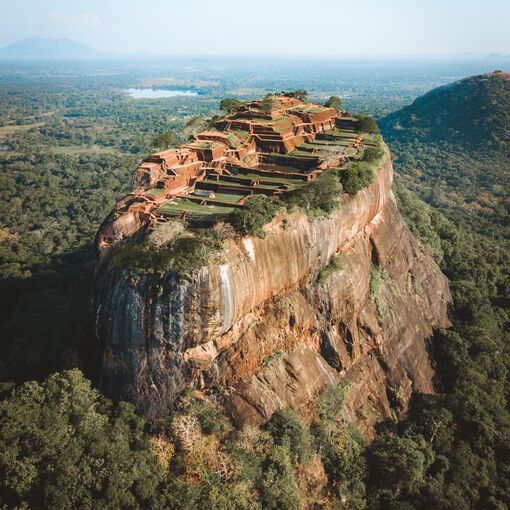
These complexes, part of a ‘cultural triangle’ stretching north from Kandy, are set in thick jungle and surrounded by wildlife-spotting opportunities as well as a number of other religious and archeological sites. A favourite of ours is the atmospheric cave temple at Dambulla, where a steep climb leads to five caves filled with stunning Buddha statues and paintings. The site dates back over 2,000 years and there are beautiful views of the surrounding countryside from the top.

National Parks
Sri Lanka is dotted with national parks and nature reserves that show off its varied landscapes and great biodiversity. Some of these are descended from reserves that have been closed off to human settlement by Sri Lankan royalty for thousands of years. Today, going on safari is a national pastime. Yala, in the south east, is the country's most famous national park and is home to elephants, water buffalo and sloth bears, as well as being one of the best places in the world to spot leopards. It can get busy: neighbouring Kumana National Park is a quieter alternative.
Between Galle and the Hill Country, the grasslands and thorn scrub of Ude Walawe National Park are home to elephants, spotted dear, water buffalo and wild boar, while the Sinharaja Forest Reserve's rainforest contains leopards, purple-faced langurs, barking deer and around 150 recorded bird species.
While elephants are found across Sri Lanka, the best opportunity to see them is in August and September each year, when 200 or more congregate for 'the Gathering' at the edge of an ancient reservoir in Minneriya National Park. The park is close to the ancient sites of Sigiriya and Polannaruwa, and is also home to toque macaques, sambar deer, buffalo and crocodiles, as well as huge flocks of wading birds.
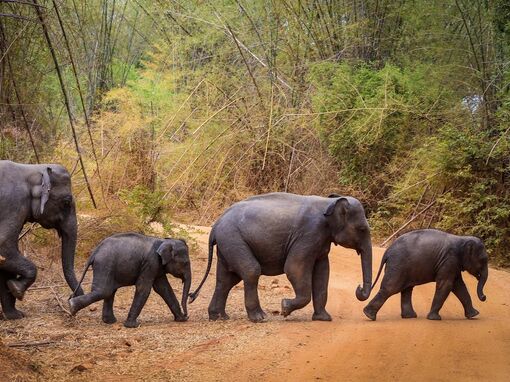
Hill Country
Spreading south from Kandy, Sri Lanka's cool, verdant 'Hill Country' is much visited for walks past waterfalls and through tea plantations, as well as mountain hikes for the more adventurous. It is also studded with attractive colonial towns and villages. Nuwara Eliya, sometimes known as 'Little England', is famous for its old-world charm, with a range of historical bungalows, hotels and clubs to stay and dine in. The smaller, laid-back town of Ella is another good base.
Both towns offer the chance to learn about Sri Lanka's most famous export, Ceylon tea, with visits to plantations, factories and museums. The train line built by the British to move tea out of the Hill Country still runs from Colombo through Kandy before passing close to Nuwara Eliya and reaching Ella. The Kandy to Ella leg is particularly spectacular and often features on lists of the world's most picturesque train journeys. Book ahead to be sure of a seat and a good view!
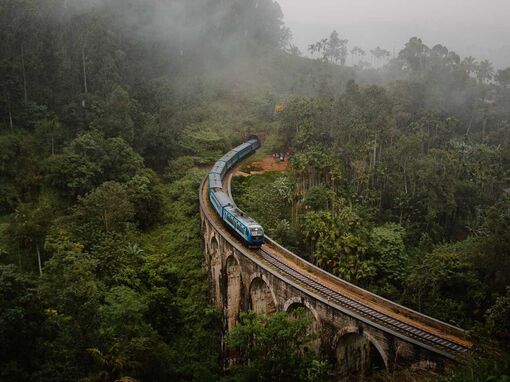
Colombo
Sri Lanka's capital has been the site of an important port for more than a thousand years. Though not top of most tourist itineraries in the country, it has plenty to offer visitors. Its historic Fort and Pettah neighbourhoods are home to a number of important Dutch and British colonial buildings, as well as, in the latter case, thriving markets and notable Buddhist and Hindu temples, mosques and churches.
Elsewhere in the city, the National Museum is probably the best place in the country to get to grips with the sweep of Sri Lanka's history, while the vast Gangaramaya temple is an important Buddhist site and home to an enormous range of offerings made by devotees, from religious statuary to jewellery, sculptures and luxury cars. The Museum of Modern and Contemporary Art is one of the city's finest art spaces and well worth a visit.
Jaffna
Located at Sri Lanka's northern tip, Tamil-majority Jaffna was the centre of the Jaffna kingdom that existed for 400 years from the 13th century until the arrival of the Portuguese. Today's leafy city boasts a wide range of historical and religious sites.
The vast, star-shaped Jaffna Fort, built by the Dutch in 1658, was the historical gateway to the city. The site of a 107-day siege during Sri Lanka's civil war, its ramparts, moats and passageways are now open to visit. Perhaps the most famous of Jaffna's Hindu temples is the huge Nallur Kandaswamy Kovil. Dedicated to the deity Murugan, its features two striking, ornately carved gopuram (pyramidal monumental towers characteristic of Hindu temple architecture in South India and Sri Lanka). Men must remove their shirts to enter. The temple hosts the annual Nallur festival, which this year begins on 8 August. It comes to a climax on 1 September with huge floats and self-mutilation carried out as acts of faith and atonement by devotees.
Though a long way from Galle, Jaffna's rich history and religious, linguistic, cultural and culinary differences from most of the locations on this list make it well worth a visit.
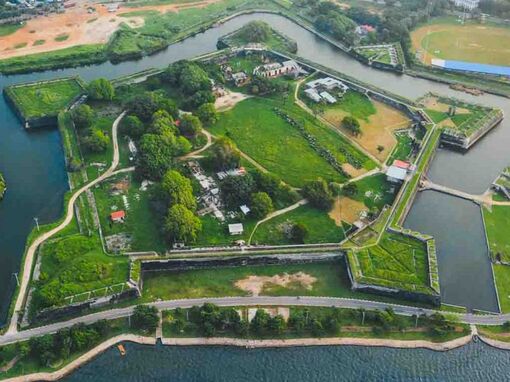
Bawa
Geoffrey Bawa (1919-2003) is Sri Lanka's most famous architect. His buildings are known for an innovative blend of modern design and traditional forms, sometimes described as 'tropical modernism'. They often play with concepts of indoor and outdoor space, using pools, walkways and interior courtyards to blur the two. Bawa was prolific, and you can visit examples of his work throughout Sri Lanka. His former office in Colombo is now the soothing Paradise Road Gallery Cafe. Lunuganga, his former country residence and studio in Bentota near Galle, now houses a hotel that offers tours of the beautifully landscaped gardens (check ahead for timings). Another hotel, Heritance Kandalama near Dambulla, shows a different side of his work; its brutalist structure seems to grow out of living rock and has stunning views over Kandalama lake. All three offer options for dining, at different price points.